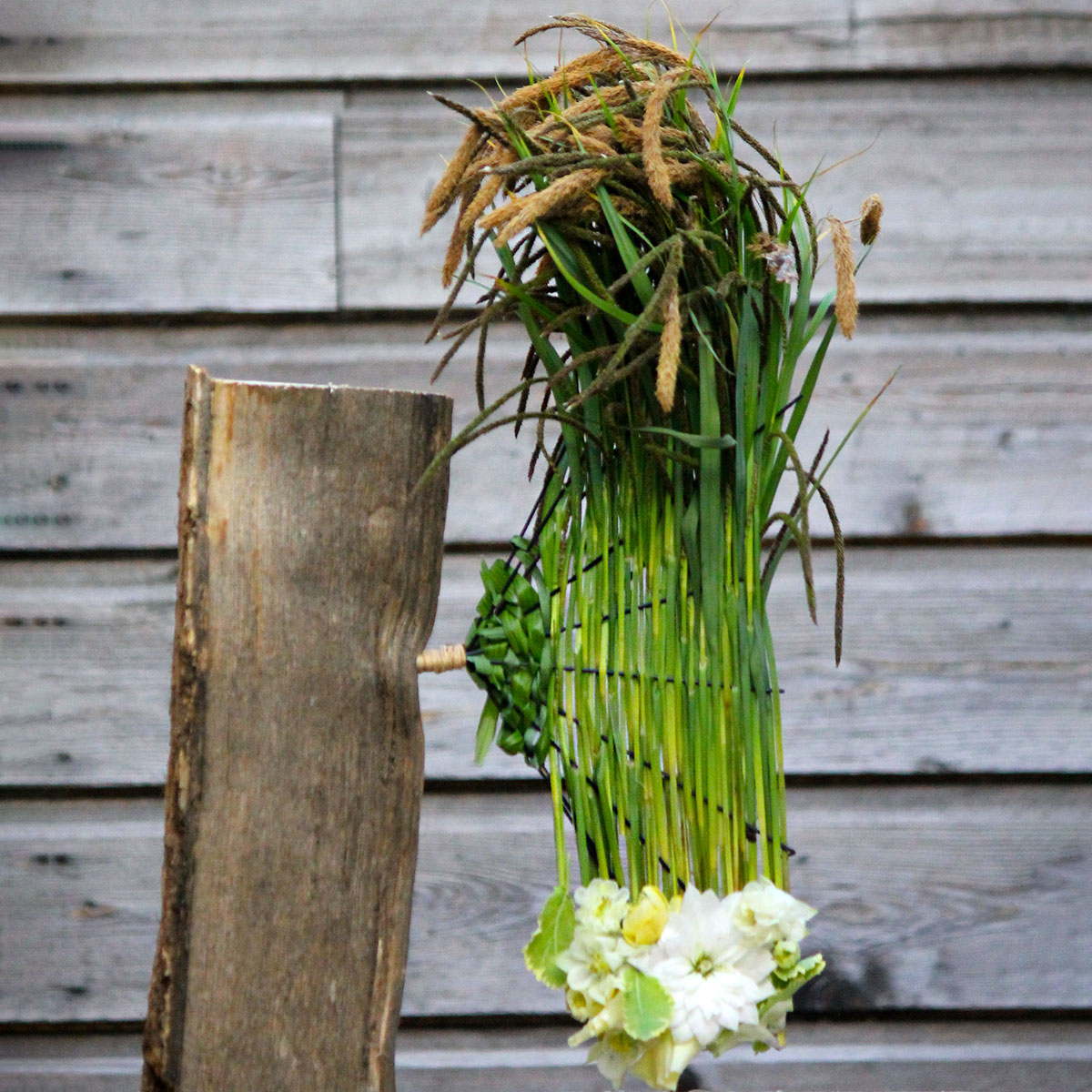Say the word 'grass' and you picture not a lone blade but a mass undulation. It is for all practical purposes uncountable, a tease of the infinite. More than 10,000 species compose poaceae, the family of grass, and together they cover around forty percent of the earth’s lands (outside of Greenland and Antarctica). This underexposed part of horticulture deserves way more attention.
The Wild Grass of the Prairie
Traders and settlers venturing into the American interior in the 18th century took the French word for meadow — prairie, from the Latin pratum — to name the vast expanse that met them, bare of trees, holding up nothing but sky. Even a modern suburban lawn, mowed into submission and confined to an angular patch, is a grasp at space, an attempt to reconjure the great wide open.
Nature’s Eloquent Way of Making Freedom Visible
The Midwestern architecture critic Donald Hoffmann described the American plains as "nature’s eloquent way of making freedom visible." In fact, with the numbers of different species, one might also speak of 10,000 ways of freedom.
From those austere horizontals came Frank Lloyd Wright’s early 20th-century prairie vernacular: houses built close to the ground with banks of windows to let the outside in; free-flowing floor plans largely unbroken by walls.
At the same time, the Danish immigrant Jens Jensen championed a corresponding Prairie School in landscape design, planting gardens and parks with sweeps of native grass — a canvas for the wind to write messages on, and just as quickly erase them.
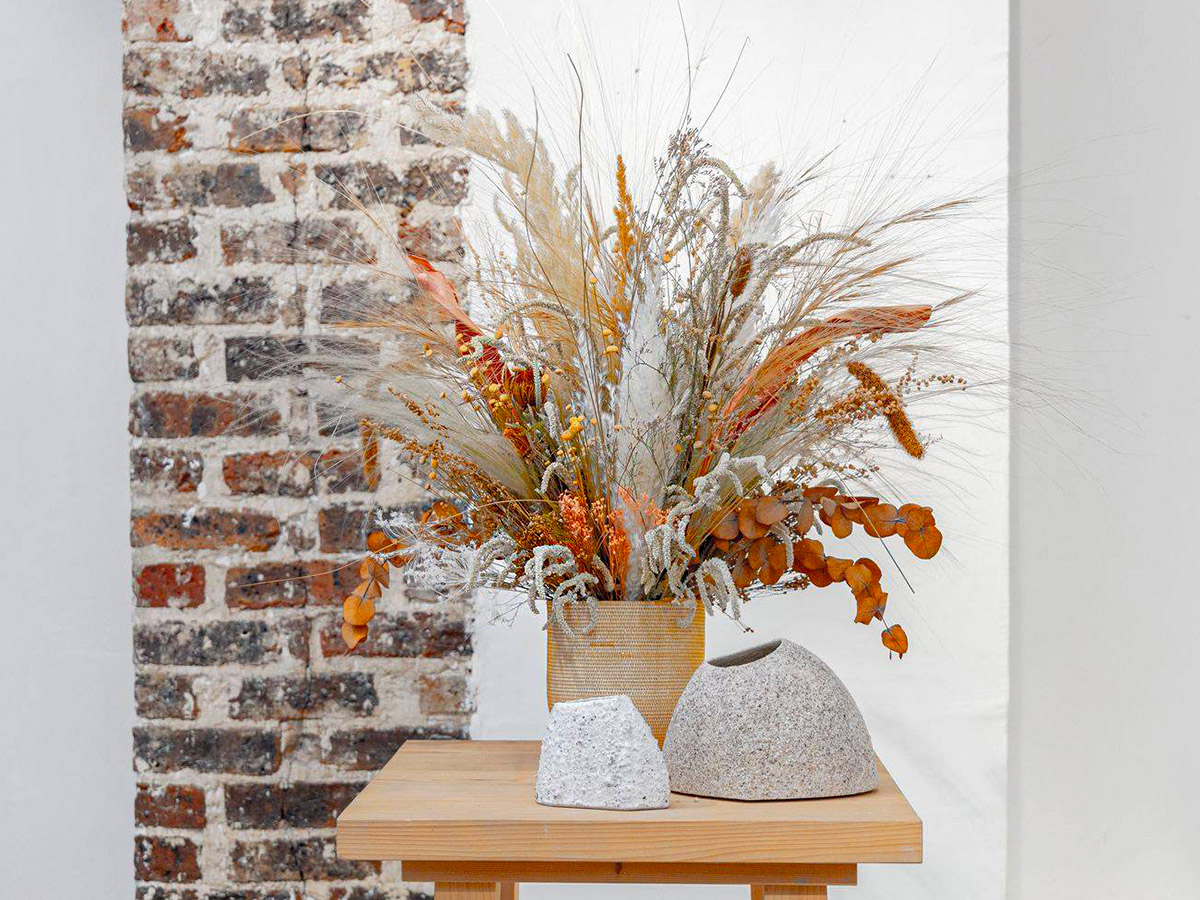
Nature Reclaiming Space
The longing for lost pastures persists even in the grimy heart of Manhattan, where millions of tourists each year walk the High Line, whose graffitied elevated train tracks have been paved over and seeded with the likes of Cheyenne Sky red switch grass - its flared tips dark as wine -, fountaining Atlas fescue, and big bluestem - tough and upright - whose roots can run 12 feet deep.
Joints in the concrete purposefully invite the encroachment of wild grass: nature reclaiming space once ceded to the city.
But the High Line — whose gardens are the work of the acclaimed Dutch landscape architect Piet Oudolf — isn’t wild. Its carefully composed dishevelment summons emotion precisely because of its distance from the prairie; even as we admire it, we know that we’ve lost something.
The Backbone of Our Ecosystem
Our grasslands, whether called prairie, steppe, savanna, or cerrado are the backbone of our ecosystem, their plunging roots leaching nutrients into the soil and keeping it from washing away in floods, their blades feeding wildlife. Today, they are under threat, with millions of acres converted to crops each year, overgrazed, and at the mercy of climate change.
Photos in this article by Empreintes Paris and EOTHEN (@eothen_).

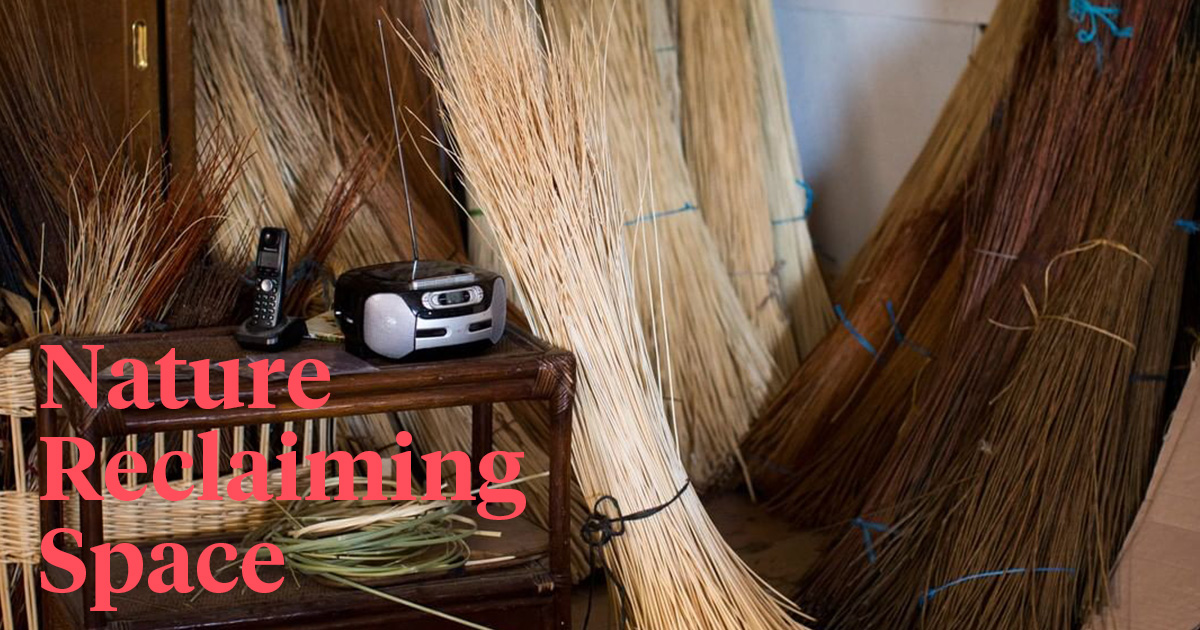
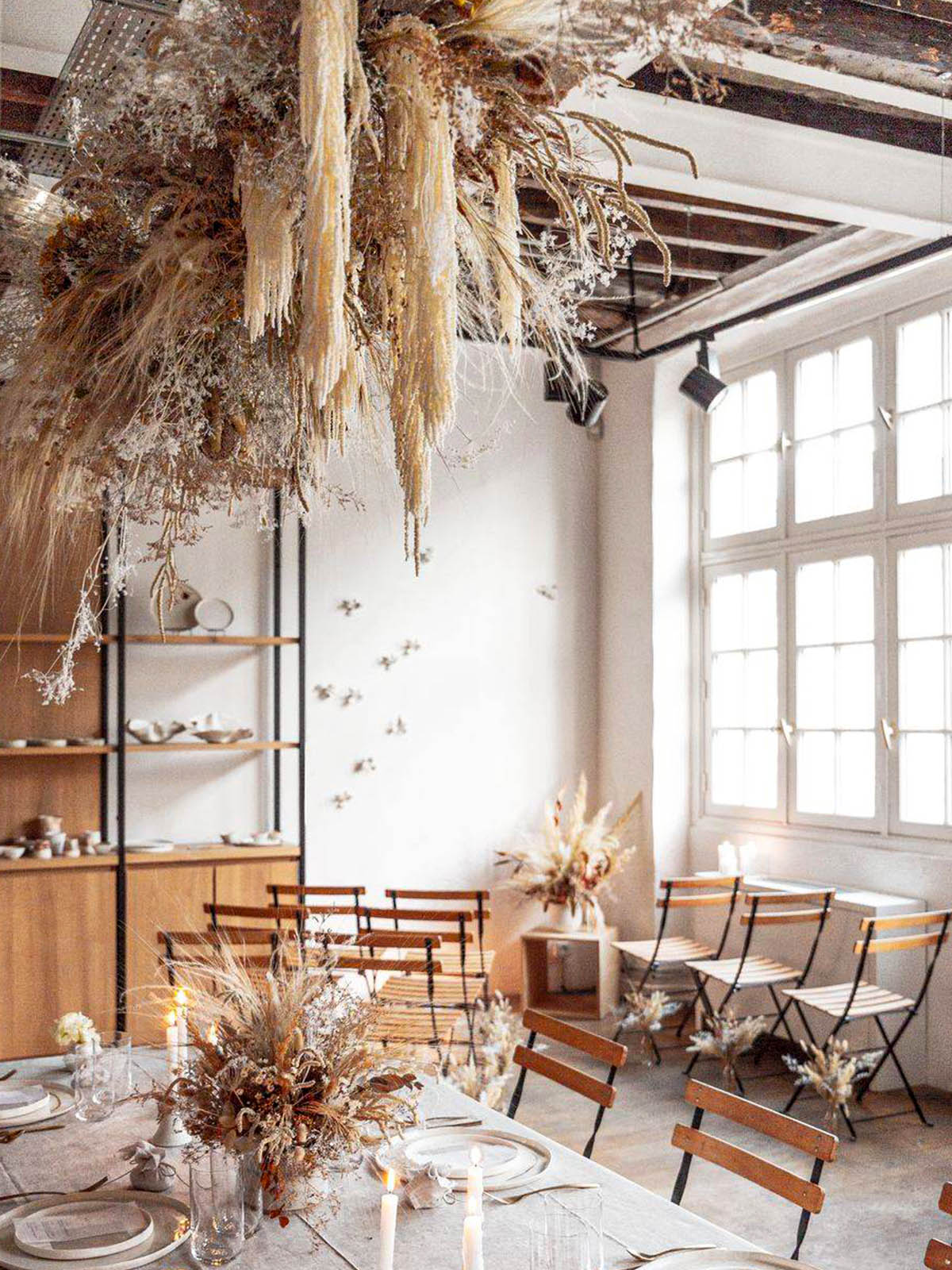 Wild grass design at Empreintes Paris
Wild grass design at Empreintes Paris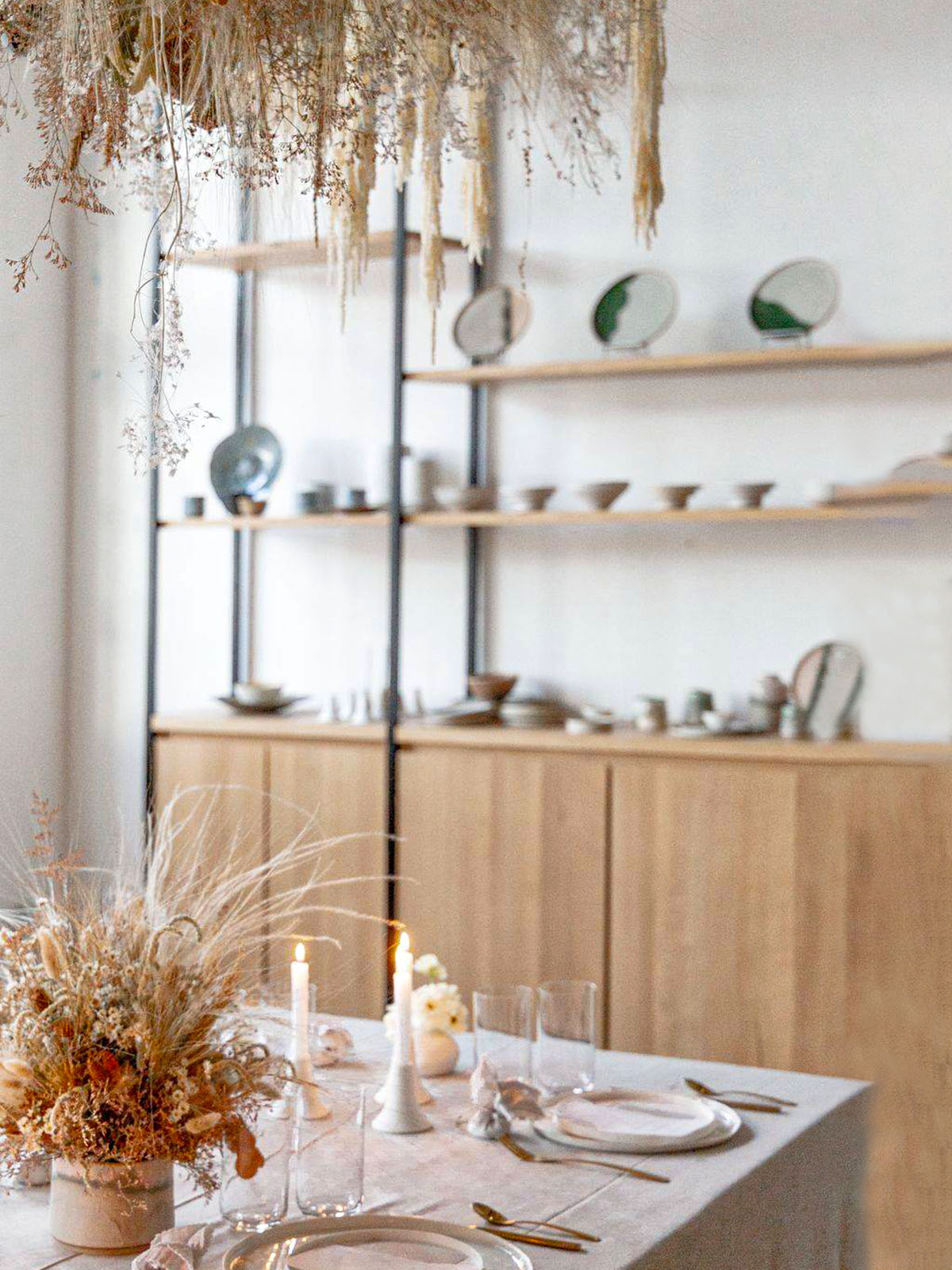 Wild grass designs at Empreintes Paris
Wild grass designs at Empreintes Paris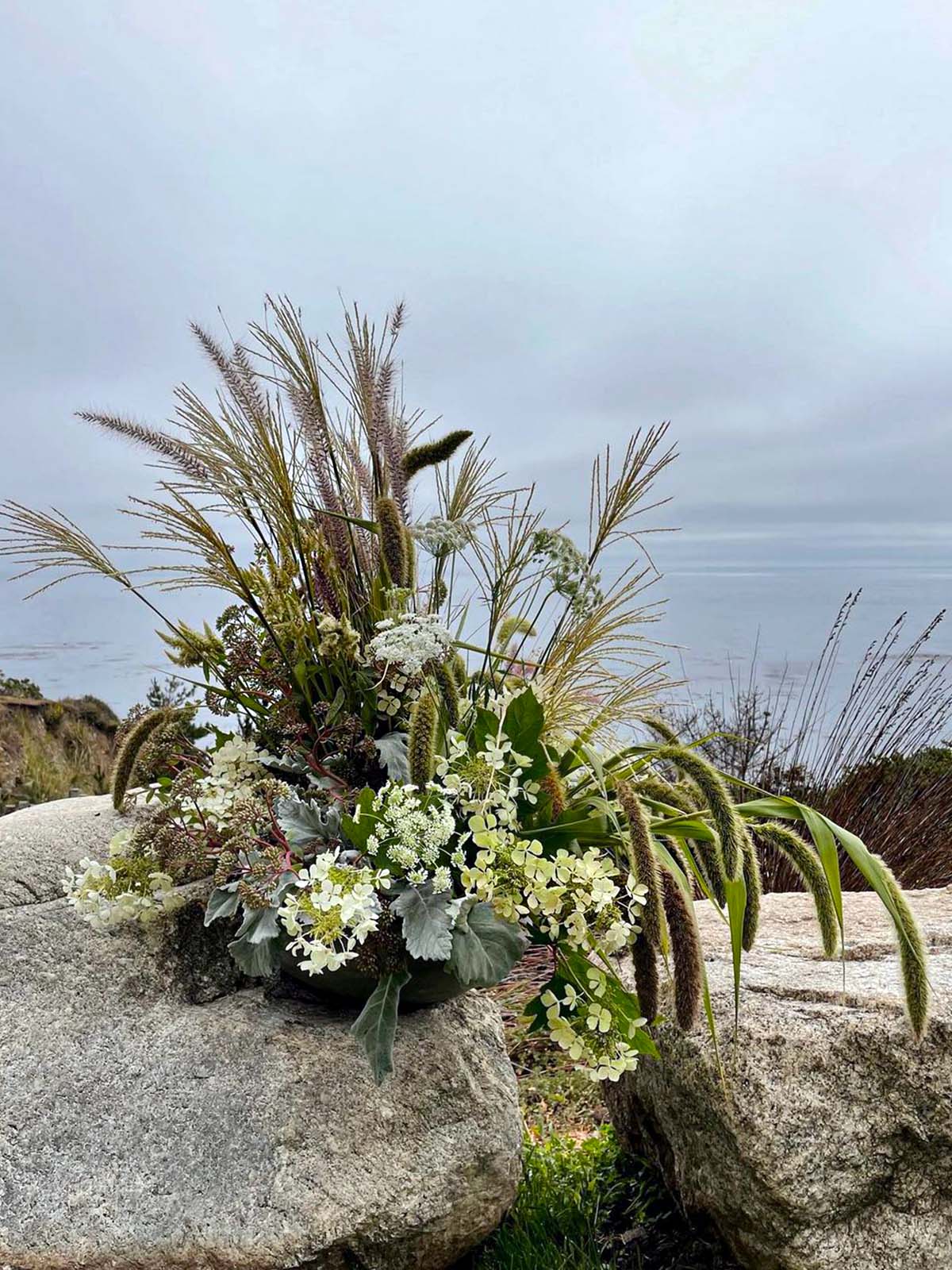 Grass design by @eothen_
Grass design by @eothen_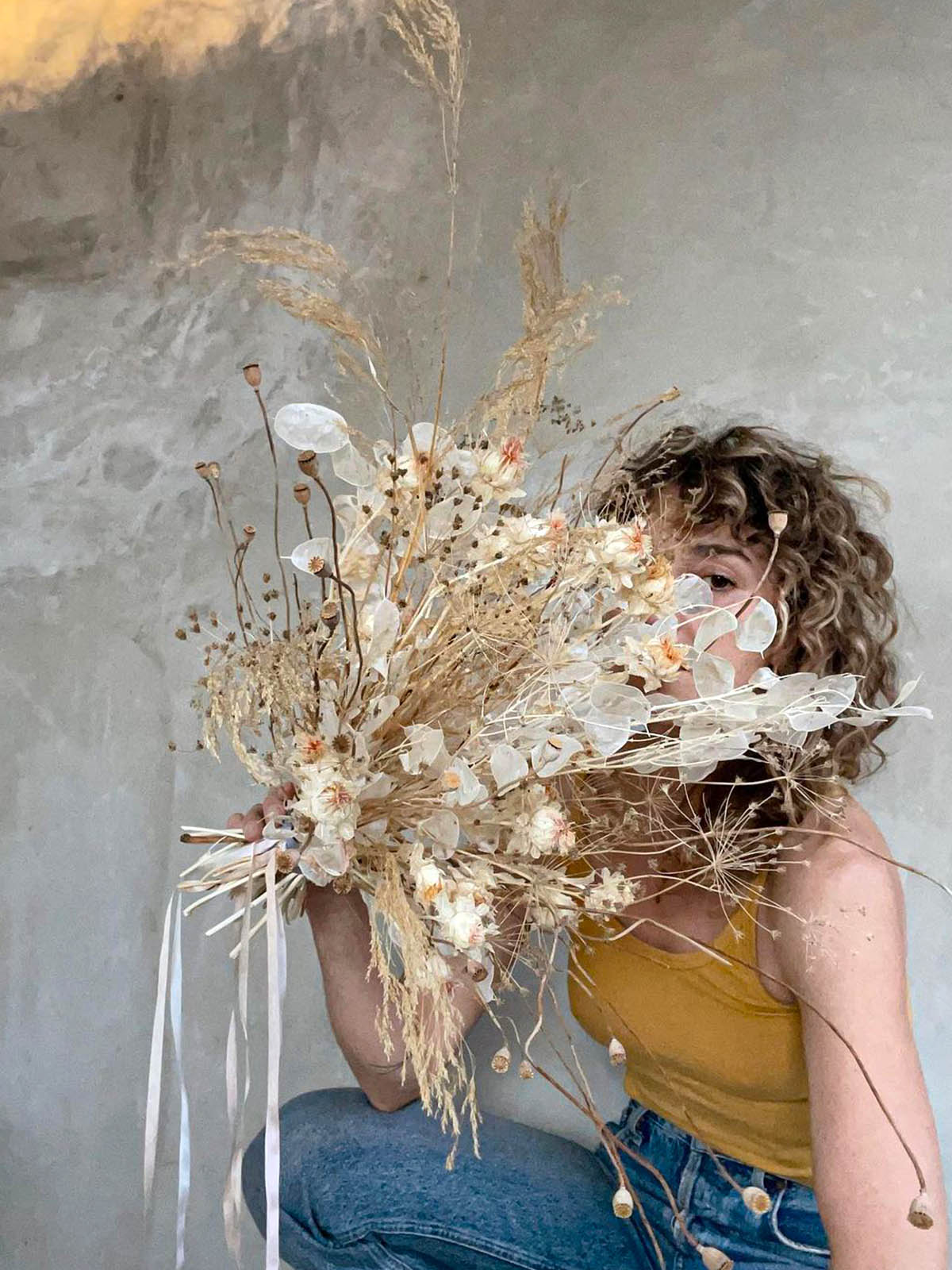 Grass design by @eothen_
Grass design by @eothen_